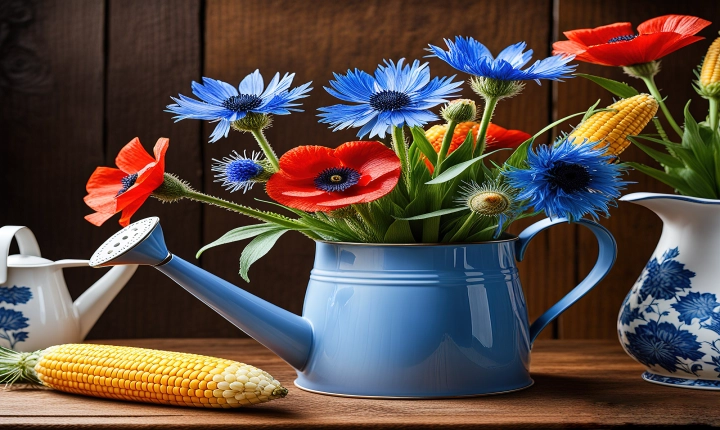Title: The Fascinating World of AI Drawing: How Does It Work?
In recent years, the field of artificial intelligence (AI) has made incredible strides, and one of the most intriguing applications of AI technology is its ability to create artwork. AI drawing, in particular, has captured the imagination of artists, technologists, and the general public alike. But how exactly does AI drawing work, and what are the implications of this technology for the art world? Let’s delve into the fascinating world of AI drawing to understand its inner workings and potential impact.
At the core of AI drawing is a technology called Generative Adversarial Networks (GANs). GANs are a class of machine learning systems that were first introduced by Ian Goodfellow and his colleagues in 2014. GANs have two main components: the generator and the discriminator. The generator creates new images based on input data, while the discriminator evaluates these images and provides feedback to the generator. Through a continuous cycle of generation and evaluation, GANs are able to produce increasingly realistic and sophisticated images.
AI drawing also relies on other machine learning techniques, such as deep learning and neural networks. These algorithms analyze vast amounts of visual data to learn patterns, styles, and features, enabling the AI system to generate drawings that mimic human artistic expressions. Additionally, AI drawing models can be trained on specific art styles, such as impressionism or surrealism, allowing them to produce artwork that is stylistically consistent with a particular artistic movement.
One of the most well-known examples of AI drawing is the work of artist and researcher Mario Klingemann. Using GANs and deep learning algorithms, Klingemann creates mesmerizing and thought-provoking digital artwork that blurs the boundaries between human and machine creativity. His pieces, which often combine elements of surrealism and abstraction, showcase the potential of AI drawing to push the boundaries of artistic expression and challenge our perceptions of what constitutes art.
The implications of AI drawing for the art world are profound. On one hand, AI drawing has the potential to democratize art creation, allowing individuals with no formal artistic training to produce visually stunning and evocative artwork. This can empower a new generation of creators and expand the diversity of artistic voices in the global art community.
On the other hand, AI drawing raises important questions about the nature of creativity, authorship, and originality. As AI systems become increasingly proficient at generating artwork, the line between human-generated art and AI-generated art becomes increasingly blurred. This challenges traditional notions of artistic authenticity and raises ethical and legal questions about copyright and intellectual property.
In conclusion, AI drawing represents a fascinating intersection of art and technology, showcasing the incredible potential of AI to expand the creative landscape. By harnessing the power of GANs, deep learning, and neural networks, AI drawing is pushing the boundaries of what is possible in artistic expression. As AI continues to evolve, it is undoubtedly an exciting time for the art world, as we explore the possibilities and implications of AI drawing on creativity, culture, and society as a whole.
